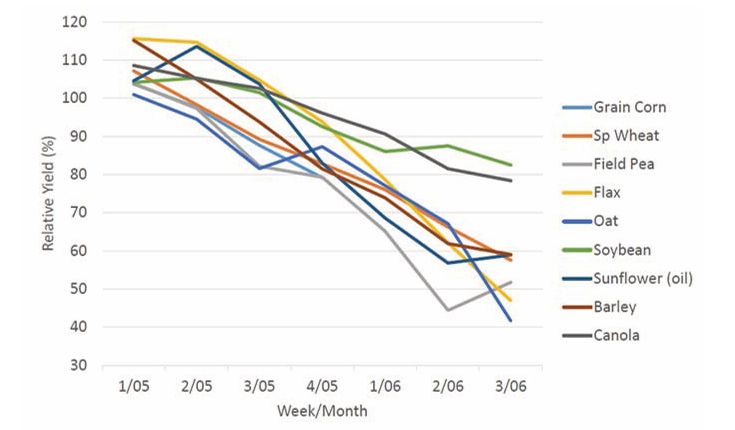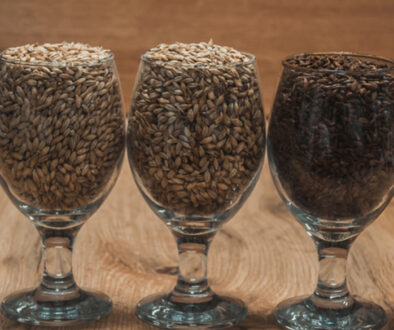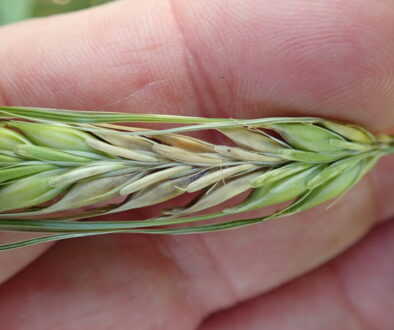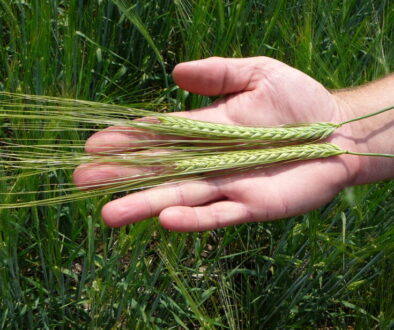How to Manage Delayed Seeding for Better Yields in a Shorter Prairie Growing Season
What works best for a shorter growing season?
By Carmen Prang (Sask Wheat), Mitchell Japp (SaskBarley), Jeremy Boychyn (Alberta Grains), Sheri Strydhorst (Alberta Grains), and Ashley Ammeter (Manitoba Crop Alliance)
On the Prairies, a late cold snap, late winter storms, high snowfall, excessive rain, flooding, and spring harvest from the previous crop all result in the same thing – delayed and late seeding.
Most of the time, farmers strive to get in the field in late April or early May. They work hard to get seed in the ground, because earlier seeding generally results in higher yields and often better quality than later seeding. But sometimes Mother Nature washes the best plans down the creek.
Seeding in late-May and into June results in accelerated crop development, increased exposure to disease, and in general, reduced yield potential. Adapting to the challenge of late seeding through agronomic management can help mitigate potential impacts.
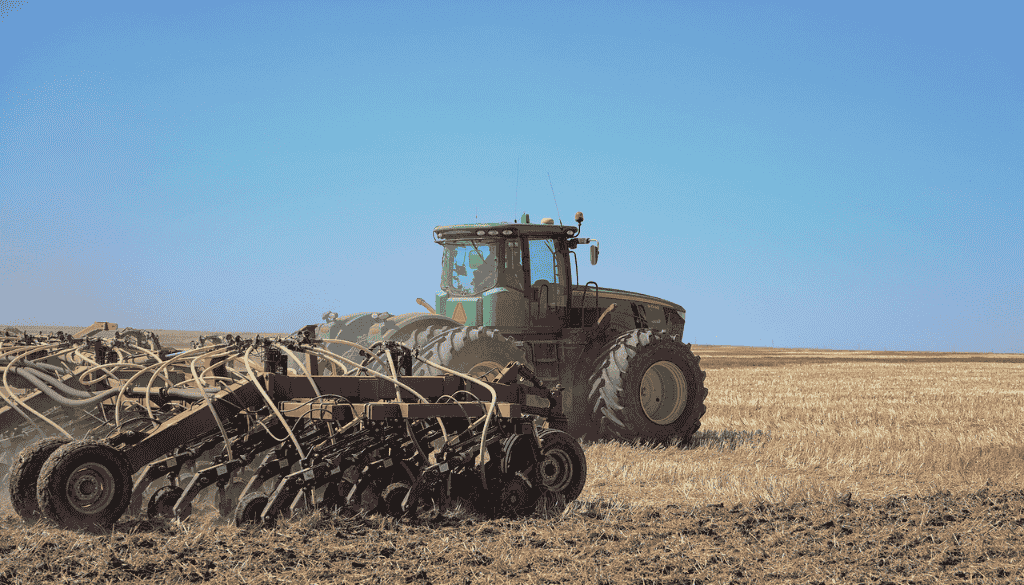
Agronomic Management to Accelerate Maturity and Preserve Yield when Seeding is Delayed
1. Crop choice
Delayed seeding of cereals into late May and June may suggest the need to change to a shorter season crop type. However, all crop types generally decline in yield potential and quality as seeding is delayed. It is important to adjust expectations and implement agronomic practices specific to delayed seeding.
2. Select an early maturing variety
Later maturing varieties can increase the risk of harvest challenges when the season is shortened by delays. A wet or cool fall can amplify these challenges. The provincial seed guides are an excellent resource. Reach out directly to seed distributors and local seed growers to find out what your options are for finding seed and for information on variety performance in your geographic area.
3. Communicate with crop insurance
Seeding delays may impact eligibility for crop insurance. Connect with your crop insurance representatives to determine insurable crop options under your specific timeline.
4. Increase seeding rates
Higher seeding rates encourage more rapid maturation to preserve yield and crop quality in a shortened growing season. Preserving yield in a shorter growing season will require a higher seeding rate to maintain the same number of heads per square foot. Due to rapid maturation, less yield will come from other components that contribute to yield such as tillers, kernels per spike and kernel weight.
Resource: Seeding Rate Calculator – Alberta Grains
5. Seeding depth
As long as the seed has good seed to soil contact and adequate moisture, seed no deeper than necessary as this will reduce the number of days to emergence.
6. Fertility
Yield goals may be reduced from earlier plans. Adjust fertilizer rates accordingly for revised yield goals. Keep in mind that while less nitrogen fertilizer will reduce days to maturity, lowering rates too much will limit yields even more than the reduced yield potential from delayed seeding.
Resource: Nitrogen Rate Calculator for Wheat, Barley and Canola | Province of Manitoba
7. Fertilizer application
Consistently, fertilizer applied at seeding performs as good as, or better than other fertilizer application timings. However, in order to facilitate faster seeding operations, filling time can be reduced if some fertilizer is broadcast. Practice good fertilizer management, such as using slow-release fertilizers or incorporation of urea. Urease inhibitors or polymer coated urea will minimize the risk of volatilization losses from broadcast nitrogen fertilizer applications. Be sure to review the 4R nutrient stewardship guidelines to ensure appropriate management techniques are implemented.
Download: 4R Nutrient Stewardship Pocketbook | Fertilizer Canada
8. Prepare for increased disease pressure
Fusarium head blight (FHB) is an ever-present risk and one that will increase with late seeding. Choose a variety with improved resistance. Rust risk can also increase with late seeding. Tools like the Prairie Crop Disease Monitoring Network (PCDMN) can indicate the risk of rust, which should be combined with vigilant crop scouting and fungicide application if appropriate.
Resource: Sign Up for In-Season Updates from PCDMN
9. Foliar fungicide
A common perception is that the application of foliar fungicide will increase the number of days to maturity. However, research conducted across Western Canada by Dr. Turkington and colleagues determined the actual impacts of foliar fungicide on maturity to be minimal. Application of a flag leaf fungicide on barley variety AC Metcalfe at eight sites across the prairies over 2 years increased days to maturity by less than a day.
Resource: Managing Fusarium in Barley: Tips and Insights from Dr. Kelly Turkington
10. Plant growth regulators (PGRs)
PGRs can help to manage lodging in wet conditions. PGRs have been associated with delayed maturity due to the changes they cause in natural levels in plant senescence hormones (Grossman, 1992). Under Alberta conditions, up to three days delayed maturity was observed but it is not consistent in all locations, years, or with all cultivars. Research led by Dr. Breanne Tidemann in Western Canada only resulted in delayed maturity in barley 15% of the time with trinexepac (Tidemann et al., 2020).
Watch: Understanding Plant Growth Regulators in Barley | Chris Holzapfel, IHARF
11. Forages/Winter Cereals
Even if late seeding is impossible, growing annual forage for feed may be an option to explore. Annual forage will generate some income, protect the soil from erosion and provide competition for weeds. Winter cereals like winter wheat and fall rye are options as well, but they should not be seeded too early, because winter hardiness will decrease.
Read more: Research Results: Can Winter Barley be Grown in Central Saskatchewan?
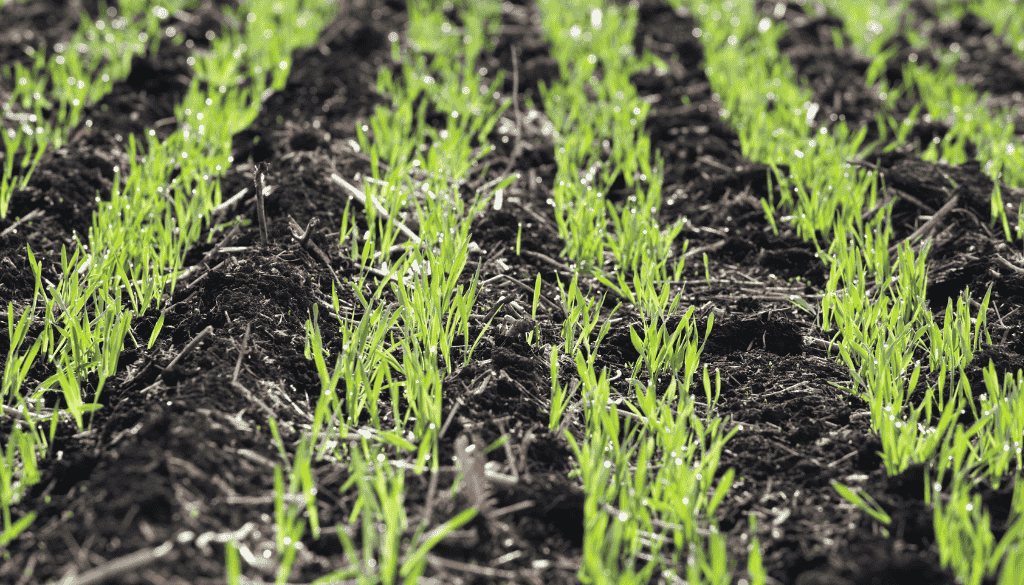
Yield and Quality Expectations for Delayed Seeding
Manitoba Agricultural Services Corporation (MASC) has data on the yield response of delayed seeding over several years. Over the past 10 years, most annual crops seeded at the end of May would normally be about 80 to 90% of regular yields while further delays in seeding until the second week of June would yield about 60 to 70% yield of regular yields.
Wheat and barley are early maturing crops, but are they ideally suited for late seeded acres?
The short answer for barley is ‘no’. Despite being one of the earliest maturing crops, barley is not ideally suited for late seeded acres, but it may have its place.
MASC data corresponds fairly closely to research focused on barley seeding dates. In a separate seeding date research trial led by Dr. McKenzie and colleagues in southern Alberta, they found seeding delays of 20 days resulted in about 20% reduction in grain yields (McKenzie et al., 2005). Further north, Drs. Juskiw and Helm found that seeding barley in mid-June decreased yields to 54 to 76% of the overall yield (Juskiw and Helm, 2002).
Canola appears to be the most stable crop for late seeding, with about 95% yield when seeded at the end of May and around 80% yield when seeded in the second week of June. However, Dr. Ross McKenzie led a study on irrigated crops in southern Alberta that found canola suffered the highest yield losses among the nine crops evaluated (McKenzie et al., 2011). Dr. Yantai Gan’s research out of Swift Current, SK found similar yield loss trends for several crops, with wheat yields being the most stable across seeding dates (Barker, 2008).
This aligns with data from MASC which stated that after mid-May a 1% yield reduction per day is possible for spring cereals. Later seeding also affected crop quality. Grain protein concentration increased, but test weight was not affected (McKenzie et al., 2011).
Despite the trend to yield reduction, it is possible to still see good yields if the conditions are right for the rest of the season. This was evident in 2018 in South Dakota as their spring wheat plots were planted mid-May (late for South Dakota) and still averaged 69–75 bu/acre (Kleinjan, 2022). Similarly, after the 1997 flood in Manitoba, crops were seeded in mid-June and crops (wheat, barley, oats, flax, canola) yielded 86–102% of the previous four-year average (Manitoba Agriculture).
According to the data from MASC, if planting late, cereals are probably a better option than some crops such as flax or field pea. It is important to try to follow the agronomic recommendations such as seeding depth and rates to ensure the best possible yield outcome for the conditions.
We cannot always count on a long open fall, like in 2021, so managing with an expectation of normal fall frost dates makes sense. When seeding is forced to be late, adjust expectations and implement agronomic practices that will help to accelerate maturity and preserve yield.
However, a Prairie-wide study led by Dr. John O’Donovan contrasted previous findings of barley yield loss with delayed planting, finding little difference on average. They found that 25% of the time, delayed seeding resulted in higher yields, while early seeding resulted in higher yields 38% of the time. Generally, the locations that favoured earlier seeding were in the south and those that favoured later seeding were in the north. This study also found that malting barley will generally result in better quality with earlier seeding as delayed seeding often, but not always, resulted in increased grain protein and decreased plump kernels. Feed barley may be the better option when planting late, because kernel plumpness was greater with late seeding only about 12% of the time, which is not ideal for malt selection (O’Donovan et al., 2012).
For a full list of references download the original document.


